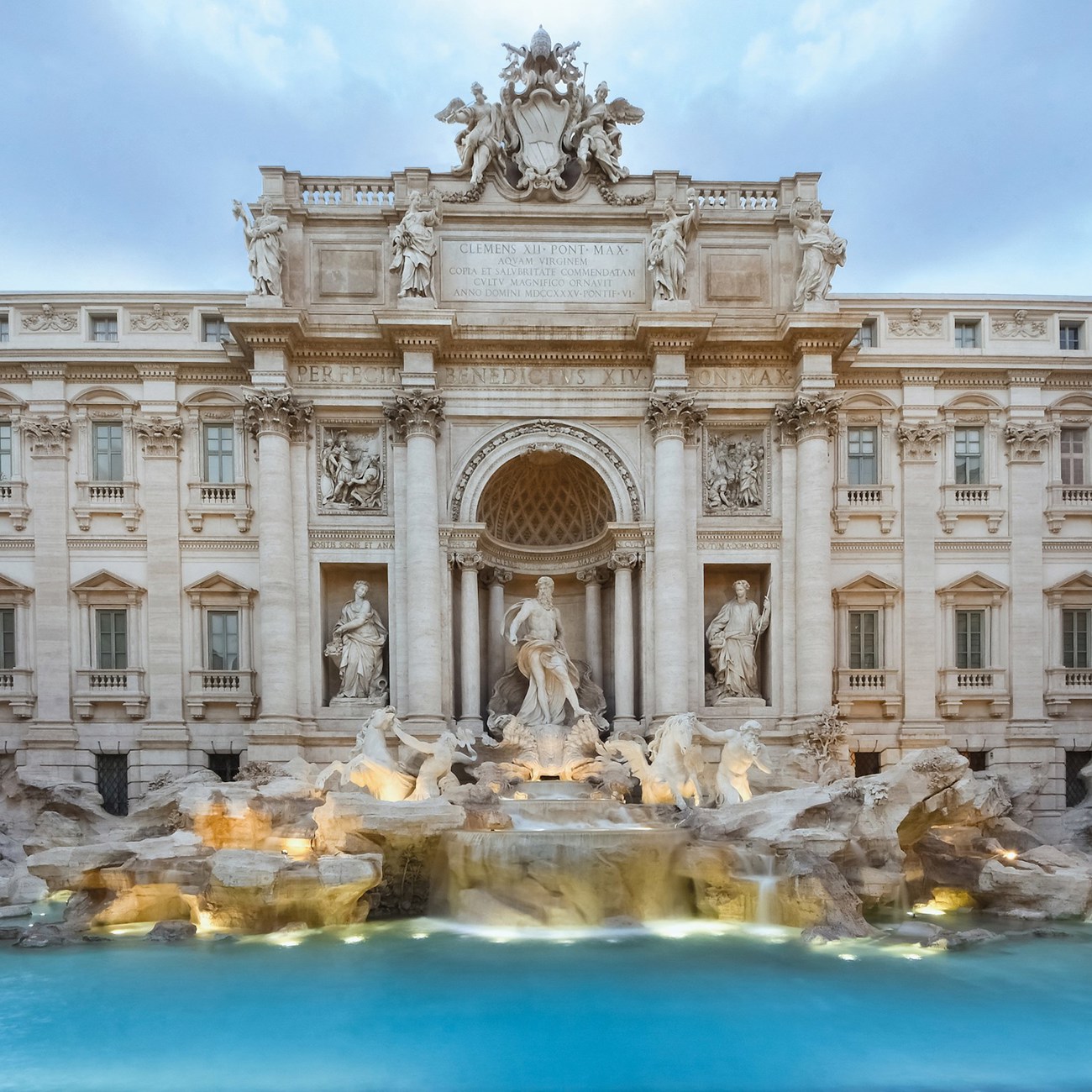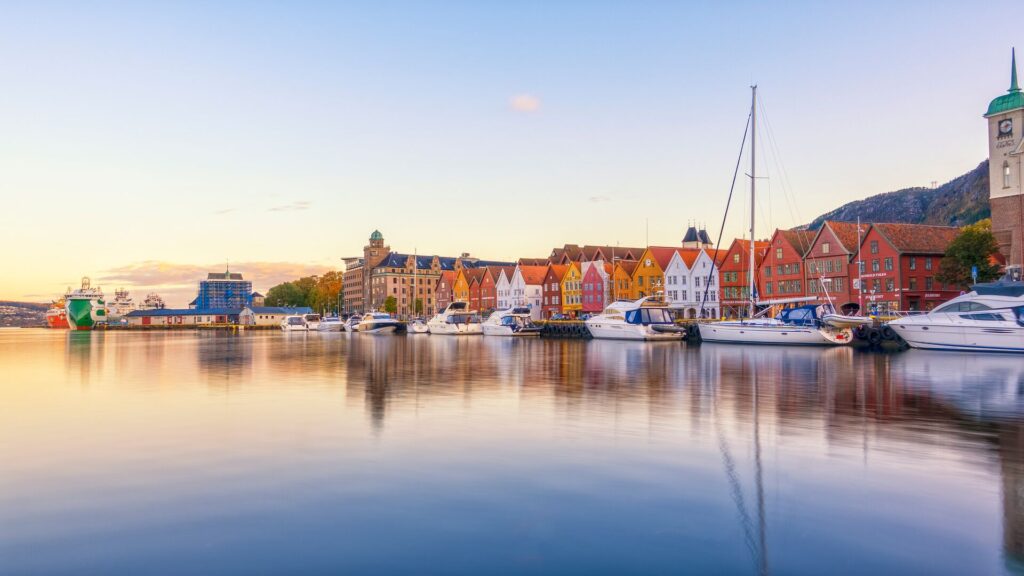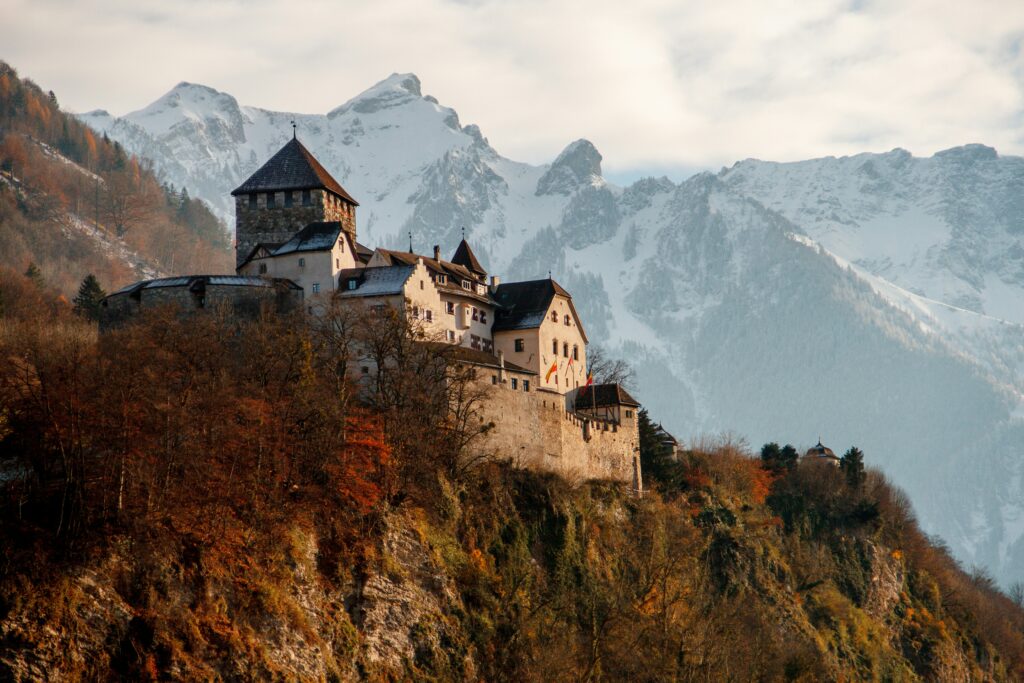Wherever you find yourself in the world, there will be a museum. Museums are magical places that offer a window through the world’s history and culture. From must-see paintings to technological marvels and prehistoric skeletons, they provide a space to immerse yourself in art, science, and history. Here are 20 of the best museums in the world to add to your bucket list.
Which museum gets the most visitors?
Based off numbers from 2022, The Louvre takes the title of the most visited museum in the world with over 7 million visitors each year.
The second most visited museum in the world is the Vatican Museums in Vatican City, with more than 5 million visitors. In third place, with just over 4.5 million visitors, is London’s Natural History Museum. It looks like Europe is the hot spot for the most-visited museums!
Best History Museums:
Acropolis Museum, Athens
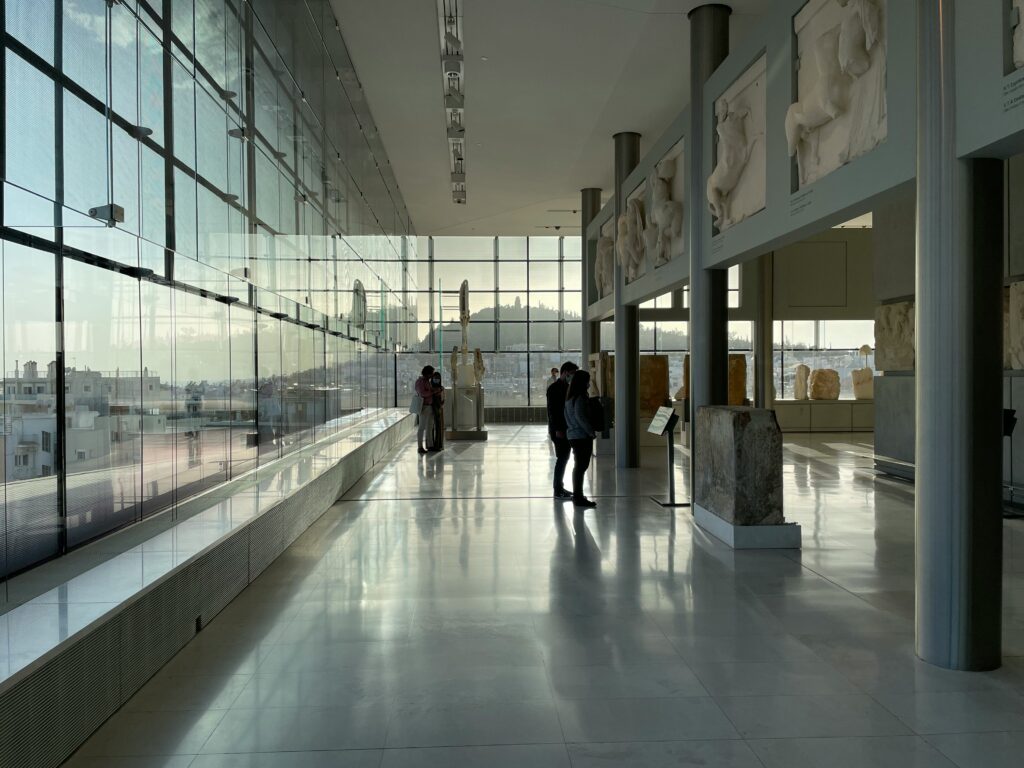
Dating back as far as the 1880s, the original Acropolis Museum was located on the Acropolis itself, though the current building (designed by Swiss architect Bernard Tschumi, in collaboration with Greek architect Michael Photiadis) opened in June 2009 as a modern, airy space. Packed with artefacts, visitors can walk above preserved, excavated ancient neighborhoods and marvel at artefacts dating back to 5 BCE.
Museum of the Royal Tombs of Sipán in Chiclayo, Peru
A striking red, triangular building, the Museum of the Royal Tombs of Sipán was founded in 2002 to house the royal tombs discovered in 1987 by Peruvian archaeologist Walter Alva and his team. Considered one of the most important archaeological discoveries in South America, the tombs provide invaluable insights into Moche culture, burial practices, and social hierarchy. visitors can marvel at jewels, ceramics, textiles, and tools used in ancient Peru.
Apartheid Museum, Johannesburg
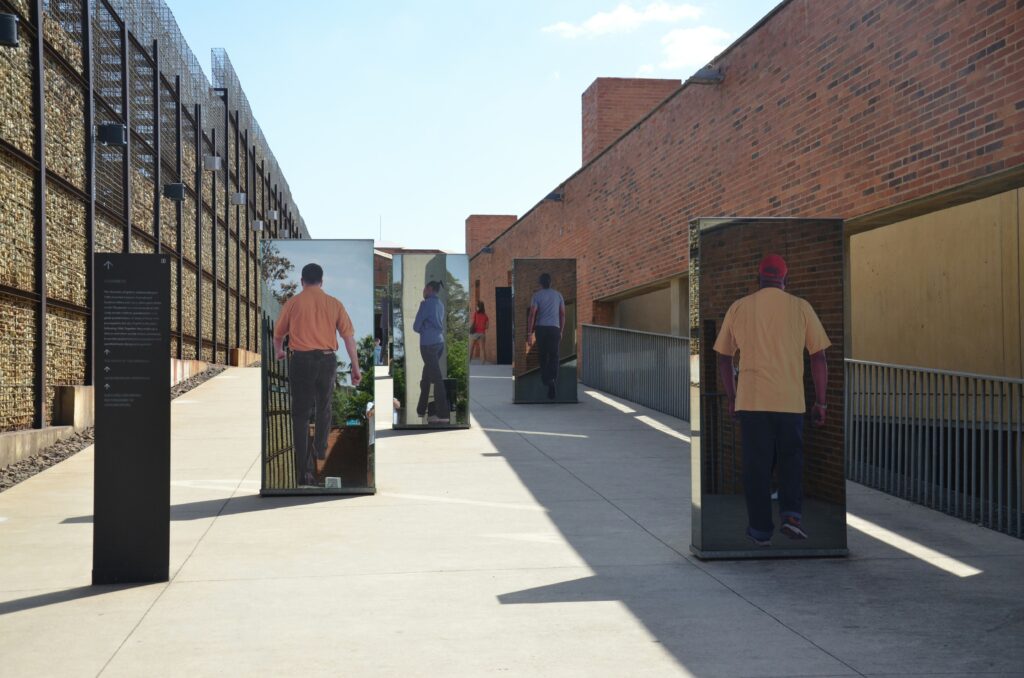
A must-see when in Johannesburg, the Apartheid Museum was the first of its kinds when opened in 2001. It quickly became one of the country’s most informative museums, dedicated to illustrating the history and impact of apartheid in South Africa from 1948 until the early 1990s. Across 21 exhibition halls there are some chilling scenes and displays of film footage, photographs, and artifacts. There are sightly lighter, but still striking exhibits such as one detailing the life and wisdom of Nelson Mandela, who served as South Africa’s first president after the end of segregation.
National Museum of African American History and Culture in Washington, D.C.
The idea for this museum was first proposed in 1915 by Black veterans of the Civil War, more than 100 years before it came to fruition and opened as part of the Smithsonian Institution. When it opened in 2016, it became the only national museum devoted to the documentation of the African American experience, housing more than 40,000 objects connected to African American life, art, history, and culture. Oprah Winfrey was a major benefactor, and visitors can make use of the 350-seat Oprah Winfrey Theater, used for performances, screenings, and educational programs.
The Vasa Museum, Stockholm
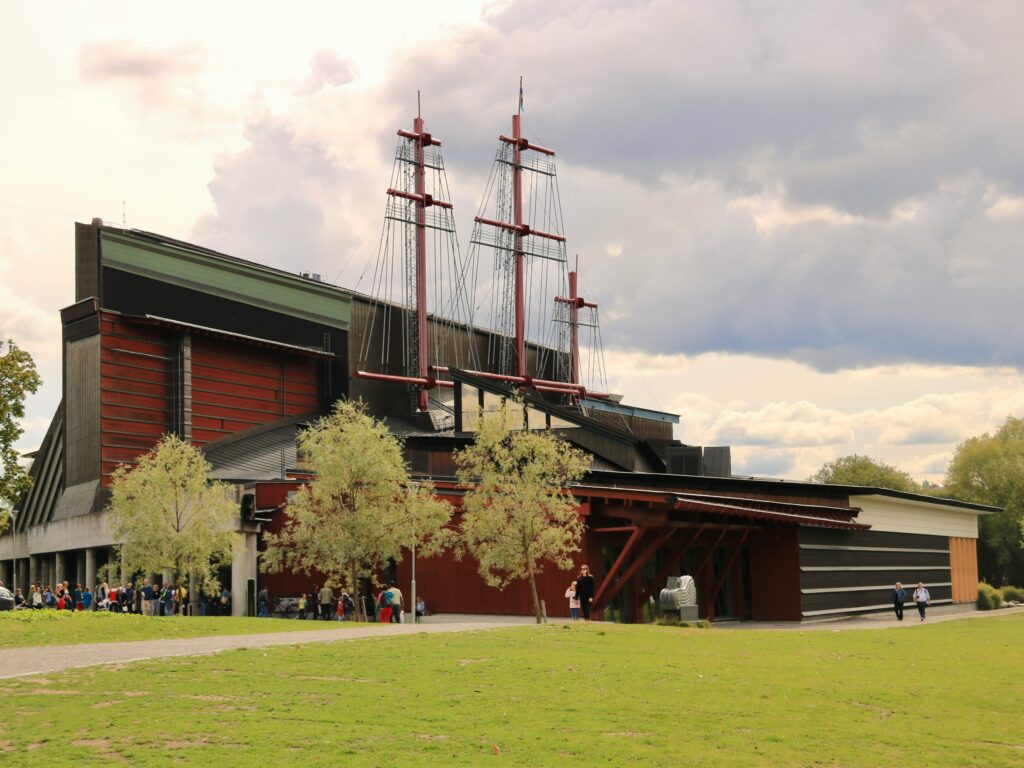
This impressive maritime museum is dedicated to the Vasa ship, a 17th-century Swedish warship that sank on its maiden voyage. Visitors can step on board this museum specially designed by Swedish architects to house the Vasa ship itself, which is displayed in a specially constructed hall – around 98% of the ship is original. The ship sank on August 10th 1628, was rediscovered in 1956, salvaged in 1961, and the museum was opened in 1990.
Museum of Qin Terracotta Warriors and Horses, Xi’an, China
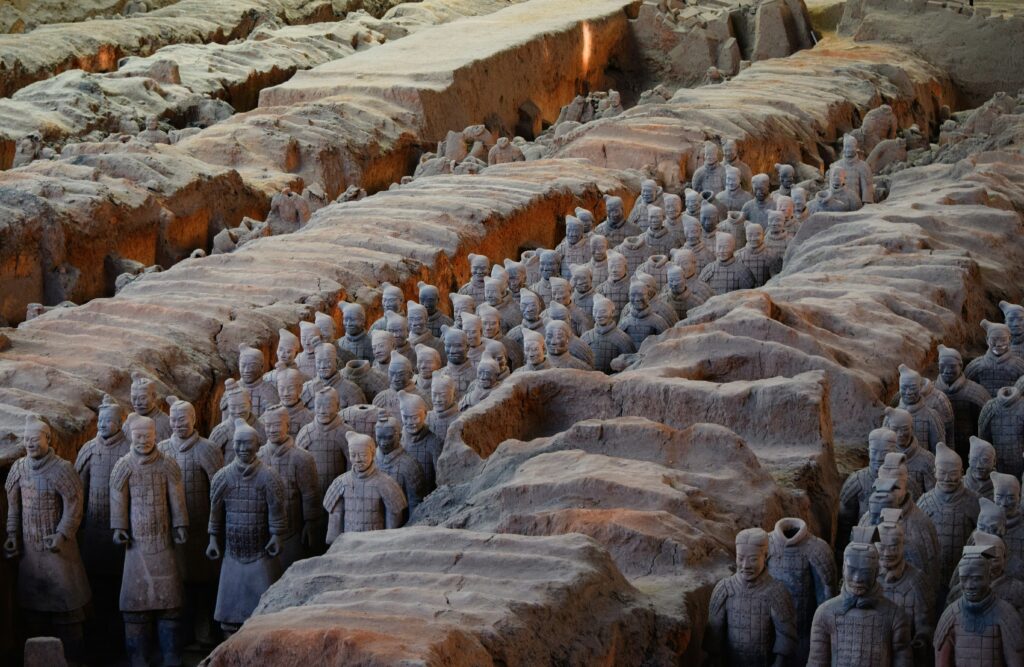
In March 1974, local farmers from the Linton District were digging a well when they stumbled upon the Terracotta Army, one of the most famous archaeological sites in the world and a UNESCO World Heritage Site. The army was created to accompany Emperor Qin Shi Huang in the afterlife. Qin Shi Huang (259-210 BCE) unified China and was the first emperor of the Qin Dynasty. Containing thousands of unique life-sized terracotta figures, the army was created to accompany Emperor Qin Shi Huang, the first emperor of the Qin Dynasty 259-210 BCE), in the afterlife.
Which museum has the biggest collection?
The State Hermitage Museum in Saint Petersburg holds the largest collection of paintings in the world. Housing over 3 million artefacts dating back to the Stone Age through the early 20th century, it features pieces from iconic artists like Leonardo da Vinci, Rembrandt, and Michelangelo. Once the home of Russian Tsars, it was the first art gallery in Russia when it was opened by Catherine the Great in 1764, making it one of the oldest museums in the world.
Best Art Museums:
The Van Gogh Museum, Amsterdam
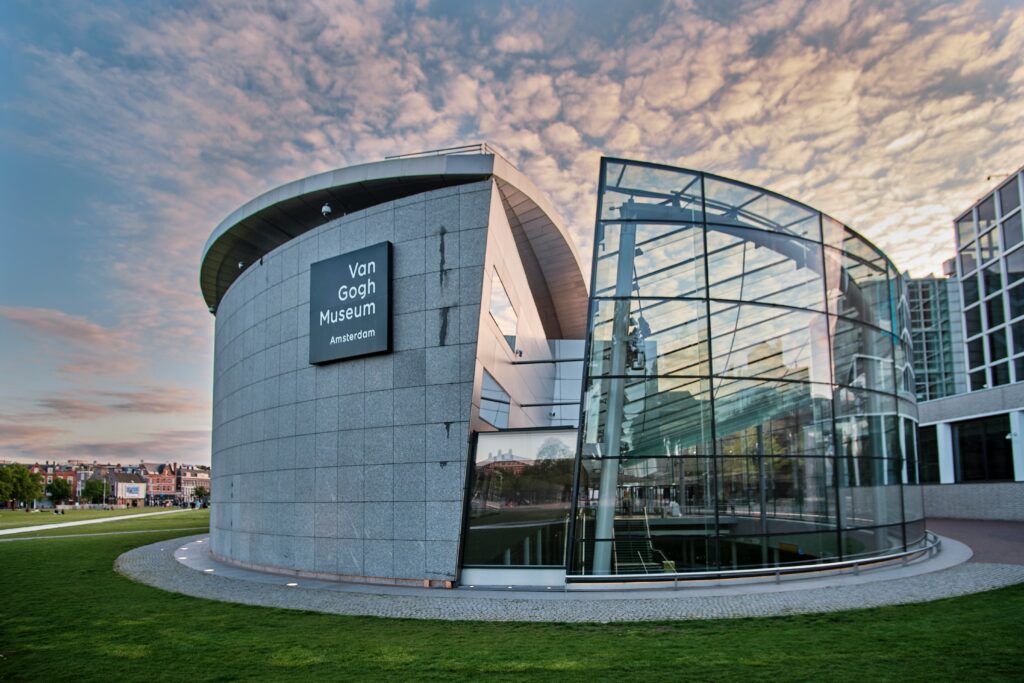
A universally-known artist, Vincent van Gogh produced nearly 900 paintings and more than 1,100 works on paper during his lifetime. Opened in 1973, Amsterdam’s Van Gogh Museum showcases the world’s largest collection of van Gogh’s work, with over 200 paintings, 500 drawings, and 700 letters. Alongside van Gogh’s original work like ‘Sunflowers’ and ‘The Bedroom’, the gallery also includes pieces rfom his contemporaries, as well as work from those influenced by van Gogh.
Musée Rodin, Paris
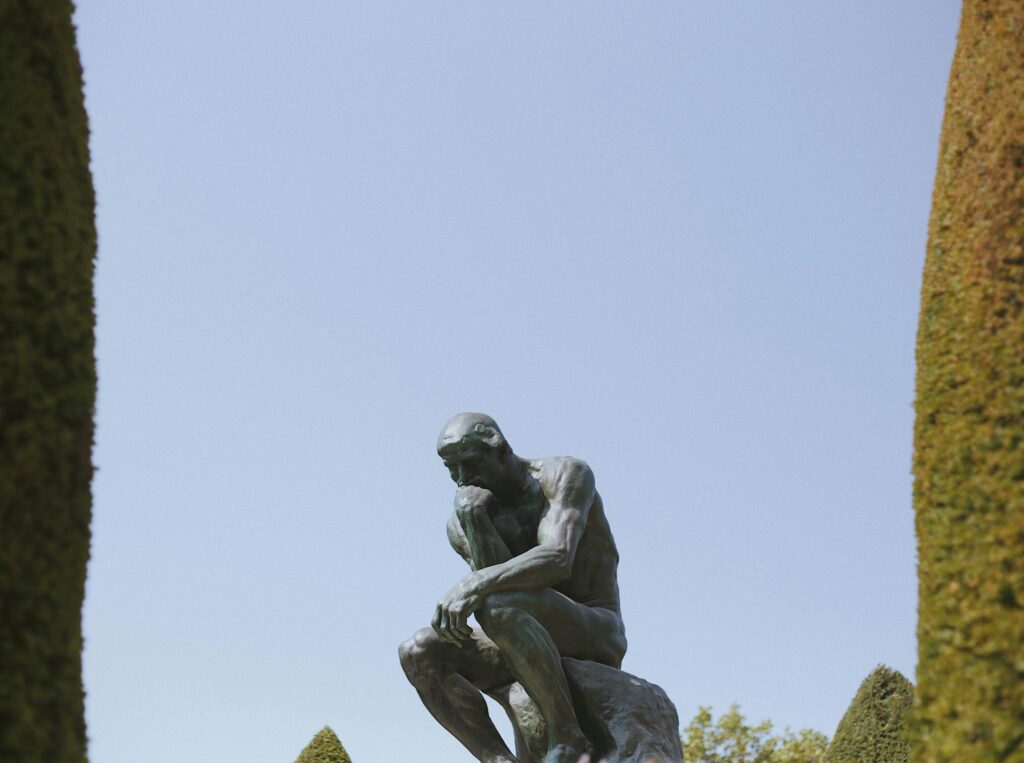
One of the world’s most renowned sculptors, Auguste Rodin spent his final years at Hôtel Biron. After his death in 1917, Rodin left his entire collection to the French state, which then transformed Hôtel Biron into Musée Rodin in 1919. The 18th century hotel’s extensive gardens are the perfect home for Rodin’s most famous sculptures, such as ‘The Thinker’, ‘The Kiss’ and ‘The Gates of Hell’, while the mansion itself houses drawings and photographs from the artist.
Vatican Museums, Vatican City
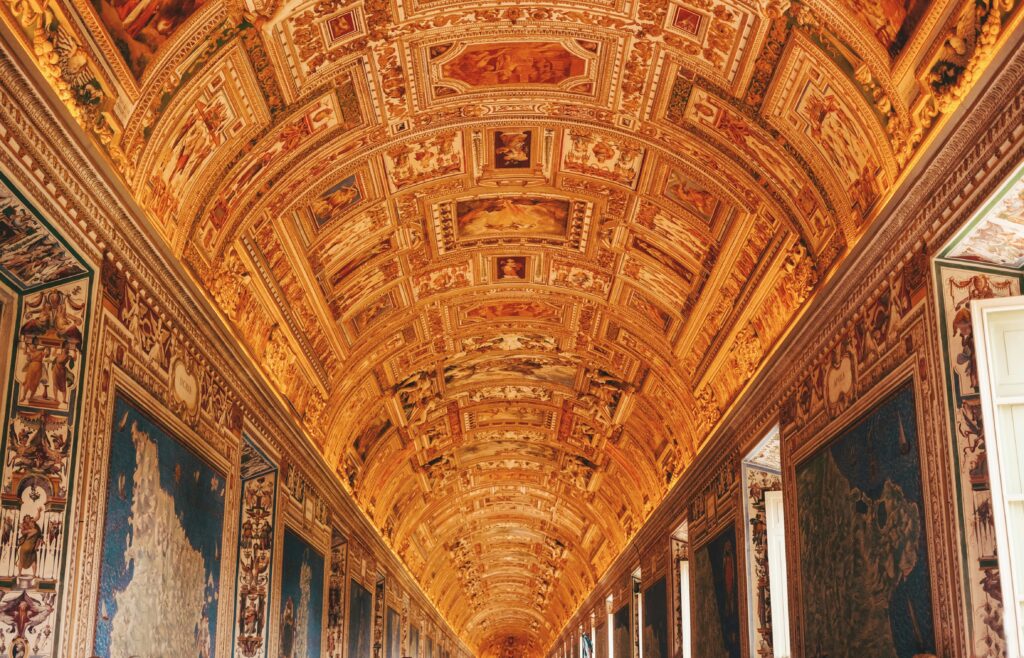
Some of the most famous museums on the world, the Vatican Museums were founded by Pope Julius II in the early 16th century. Spanning a collection of galleries, chapels and museums within Vatican City, with the Sistine Chapel one of the most renowned features, famous for its ceiling painted by Michelangelo.
Uffizi Gallery, Florence
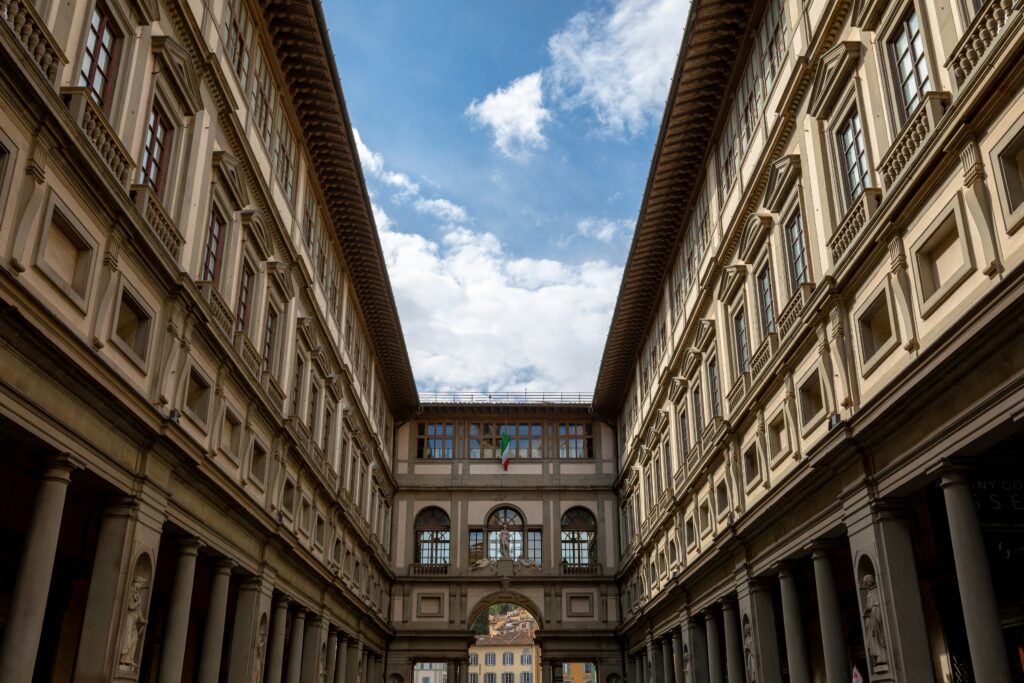
Another UNESCO World Heritage Site, the Uffizi Gallery was originally built in the 16th century as administrative offices (or ‘uffizi’) for the Florentine magistrates. Gradually, its upper floors were converted into a museum to display the ruling Medici family’s extensive collection of art. Visitors can take in an extraordinary collection of Renaissance and Baroque art, with works by some of the most celebrated artists in history – most notably, Botticelli’s ‘Birth of Venus’.
Tate Modern, London
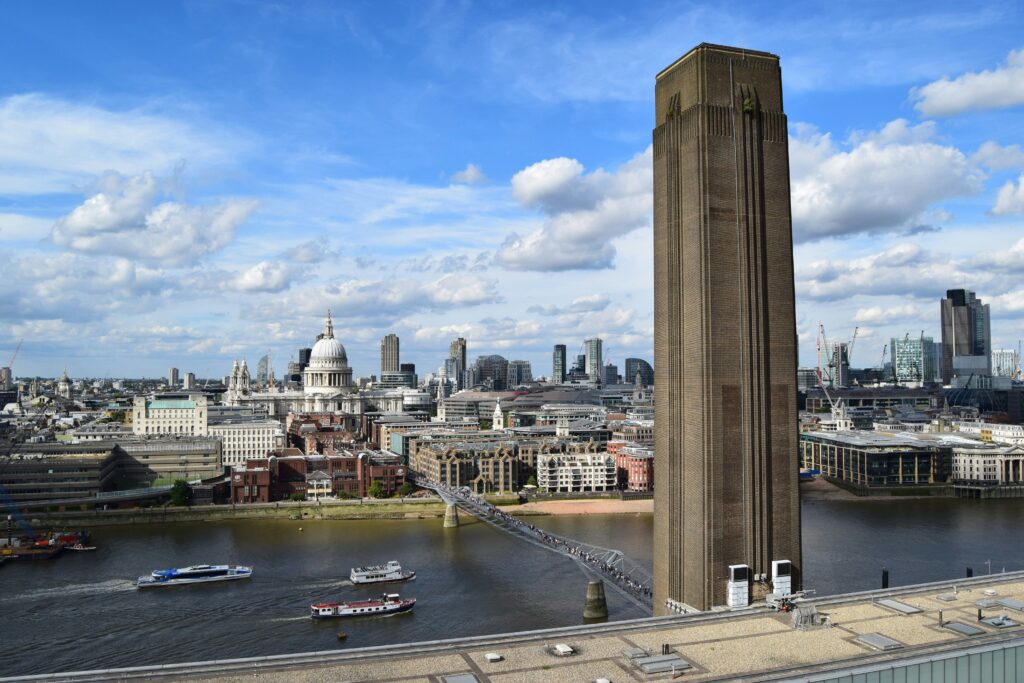
Housed in the old Bankside Power Station, the ball for the Tate Modern began rolling in 1889 when British industrialist Henry Tate donated his collection of British 19th-century art and provided funding for the first Tate Gallery (the Tate network of museums now includes Tate Britain, Tate Liverpool, and Tate St Ives). Its collection spans the 20th and 21st centuries, featuring famous artists like Picasso and Warhol, as well as various mediums including painting, sculpture, installation, photography, and video art. A signature feature is the Turbine Hall, an expansive space used for large-scale installations.
The Metropolitan Museum of Art, New York City
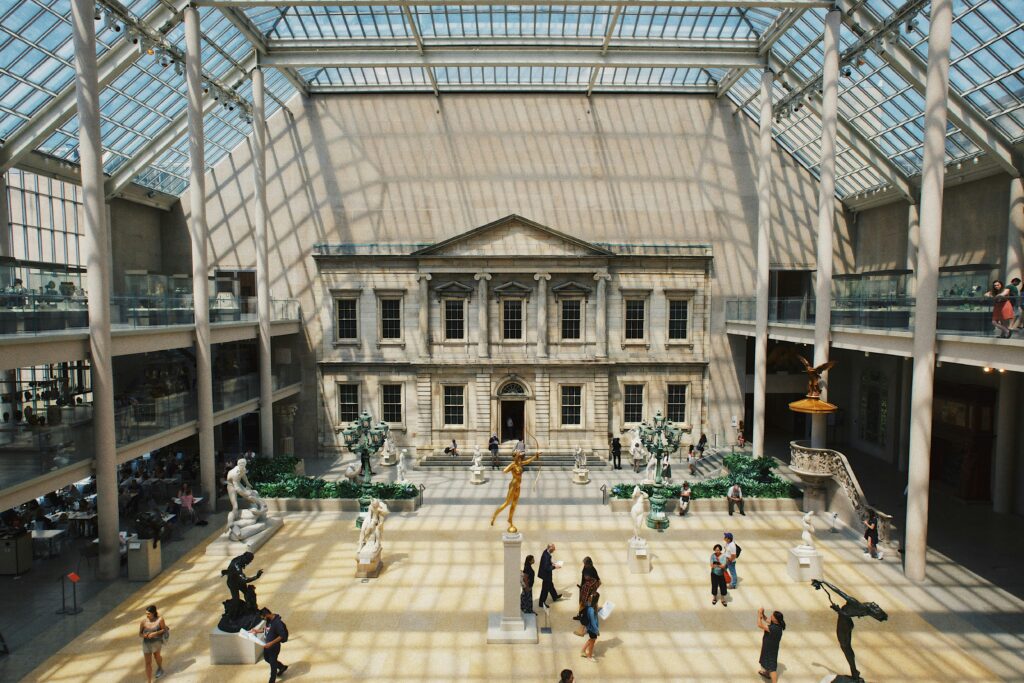
More commonly known simply as the Met, the idea for this contemporary art museum began in Paris in 1866, when a group of Americans were discussing the need to educate the public on art. The Met then opened in April 1870 in the historic Dodworth. Building, before it was moved to its current location on Fifth Avenue and 82nd Street in 1880. Its collection spans over 5,000 years of art from around the world including artists such as Rembrandt, Van Gogh, Monet, Picasso, and Michelangelo. It’s also where the prestigious Met Gala is held each year.
National Museum of Modern and Contemporary Art, Seoul

Playing a crucial role in promoting and preserving Korean art and culture, Korea’s Museum of Modern and Contemporary Art (MMCA) has four branches: the main branch is located in Gwacheon, a city just south of Seoul, with additional branches in Seoul, Deoksugung Palace, and Cheongju. The Seoul venue of MMCA stands out through its use of Korea’s traditional architectural concept of “madang”, an open courtyard at the center of a collection of buildings where people can come and gather to socialize and relax.
The Picasso Museum, Barcelona
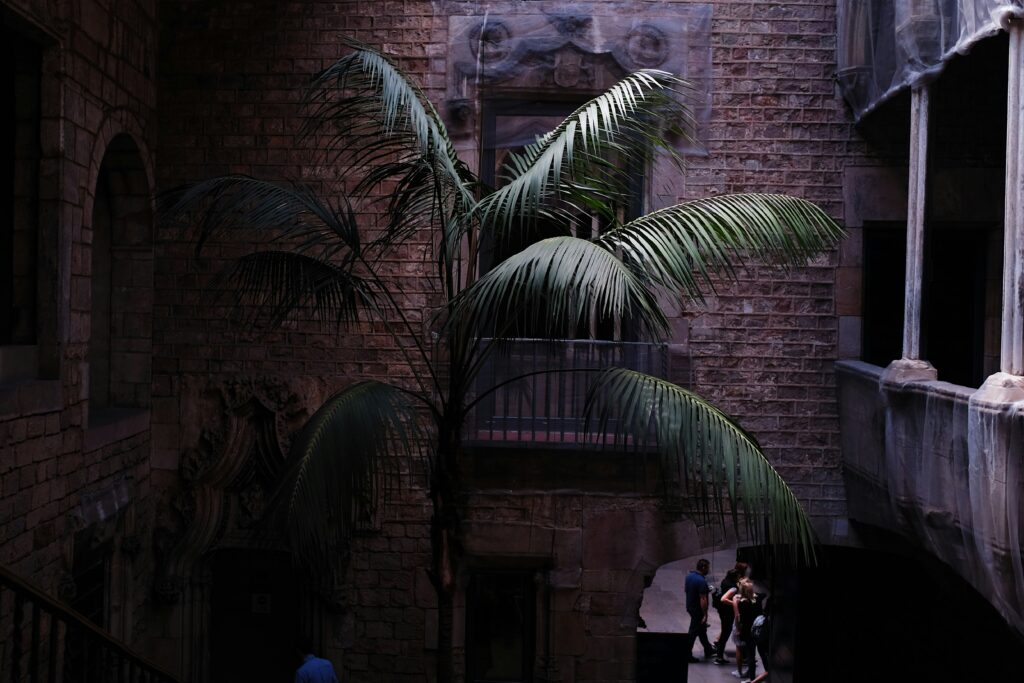
One of the first museum’s dedicated to Pablo Picasso’s work, the Picasso Museum was founded in 1963. It was established through the efforts of Picasso’s close friend and secretary, Jaume Sabartés, and Picasso himself (who died in 1973), who donated many of the works. The museum boasts a collection of over 4,000 works by Picasso, so visitors can follow his development as an artist from the early years to his Blue Period, and beyond.
The Musée du Louvre, Paris
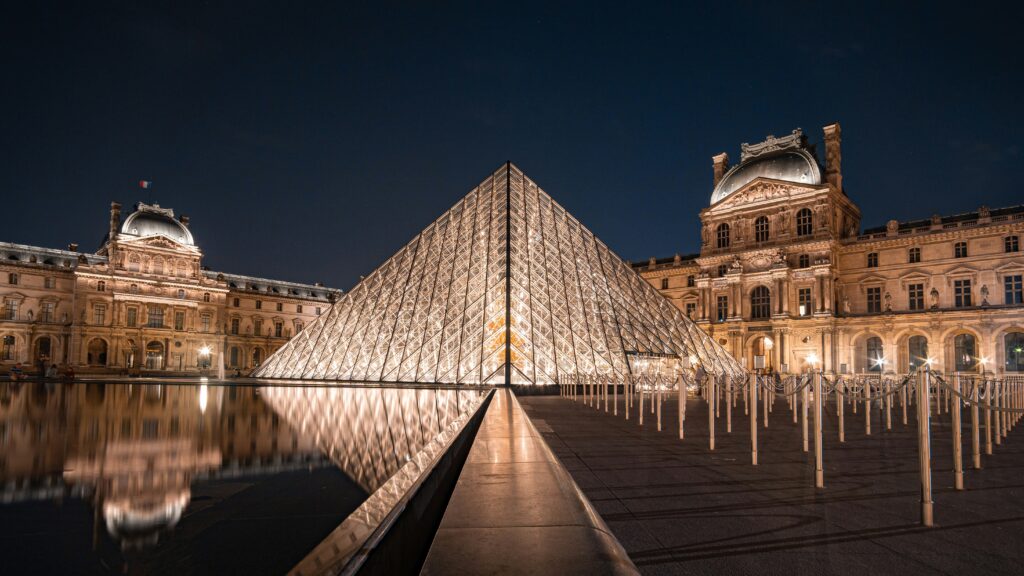
While it’s world-famous for housing Leonardo da Vinci’s Mona Lisa, the Musée du Louvre holds countless treasures within. Funnily enough, the museum began as a fortress built by King Philippe Auguste in the late 12th century to protect Paris from potential invasions – remnants of which can still be seen in the basement. the Louvre’s association with art and culture only began in the 16th century thanks to François I, an avid art collector who brought the famed ‘Mona Lisa’ to the museum. In the 1980s and 1990s, President François Mitterrand initiated the “Grand Louvre” project, which modernized and expanded the museum, including the construction of the iconic glass pyramid entrance, completed in 1989. The Louvre now houses nearly 380,000 works of art.
Which is bigger: the Louvre or the Met?
When it comes to building space, Paris’ Louvre takes the title of ‘biggest’ museum, clocking up 400 rooms across 650,000 square feet. To put it into context, even if you spent just 30 seconds in each room of the Louvre, it would take 100 days to visit the museum in its entirety.
Meanwhile, though its entire building space is technically smaller than the Louvre, New York’s Metropolitan Museum covers the largest floor area of any museum in the world. At a staggering 2 million square feet, its sheer size explains how the museum caters for its 6 million visitors every year.
Best Natural History Museums:
The Natural History Museum, London
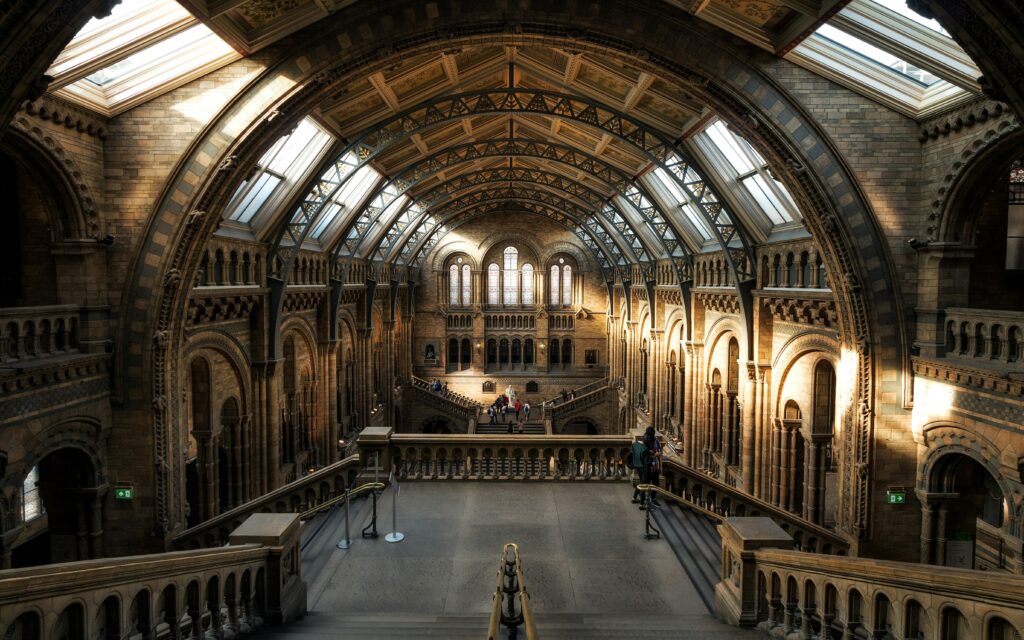
As Europe’s most-visited natural science museum, naturally, London’s Natural History Museum had to make it onto the list. Beloved around the world since it was founded in 1881, it’s often defined by the grand Hintze Hall. Previous residents of the hall have included Dippy the diplodocus, a 292-bone plaster-cast replica, from 1905 until 2018. Dippy was then replaced by Hope, an 82-foot blue whale. Beyond the hall, visitors can discover the dinosaur collection, minerals and gems, Earth sciences, and more.
The American Museum of Natural History, New York
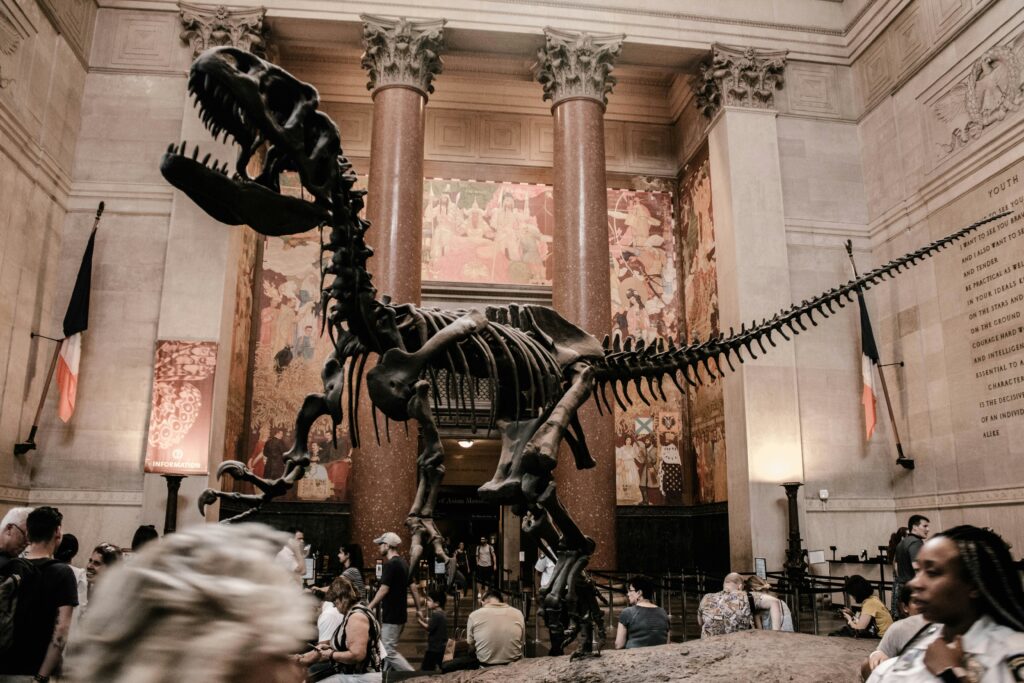
Over 34 million specimens can be found in New York’s American Museum of Natural History, from fossils and plants to minerals and cultural artifacts. Founded in 1869 it’s one of the world’s largest natural history museums – you’ll probably recognize the iconic dinosaur halls and its Tyrannosaurus rex, and the Rose Center for Earth and Space, which opened in 2000.
What is the most visited museum in Europe?
Overall, the Louvre in Paris was the most visited European museum in 2022 according to Statista, with the institution welcoming roughly 7.73 million visitors that year.
Second place goes to the Vatican Museums, with just over 5 million visitors, while London’s Natural History Museum came in third, welcoming 4.6 million visitors in 2022 making it the busiest museum in the UK.
Best Science Museums:
The Science Museum, London
Established in South Kensington in 1857, visitors can take a look at any of the 300,000 objects housed throughout London’s Science Museum. Iconic artifacts include the Apollo 10 command module and Stephenson’s Rocket, while the museum is well-loved for its interactive exhibits and the Wonderlab, an interactive gallery where visitors can explore the science behind phenomena like light, sound, and forces.
The Deutsches Museum, Germany
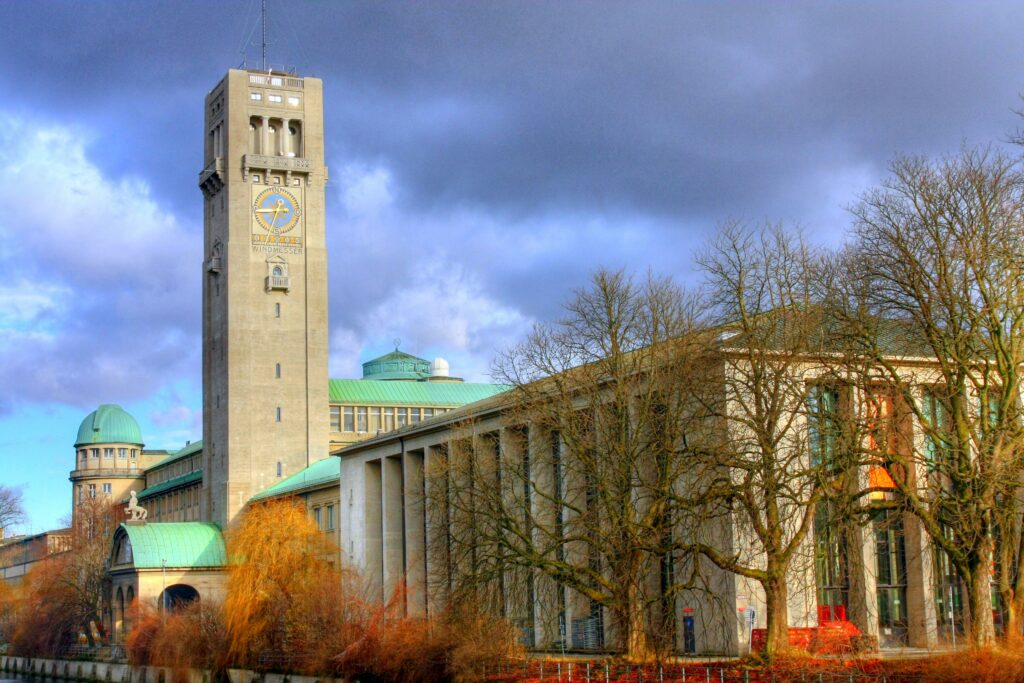
The largest science and technology museum in the world, the Deutsches Museum founded by German engineer Oskar von Miller in 1903, though it wasn’t until 1925 that it opened its doors to the public. Impressively, the entire museum is built on its own island on the river Isar, showcasing 28,000 objects from 50 fields of science and technology. It covers astronomy, energy, computers, physics, and more.
The Denver Museum of Nature & Science, Colorado
Established in 1900, The Denver Museum of Nature & Science is a leading cultural institution in Colorado. The museum’s main goal has always been to preserve the unique flora and fauna of the Rocky Mountain region, so visitors can admire many exceptional wilderness scenes. Located in City Park, Denver, it also offers panoramic views of downtown Denver and the Rocky Mountains themselves. Highlights include the impressive dinosaur skeletons, the Space Odyssey exhibit, and the Discovery Zone for younger nature enthusiasts.
Whether you’re after a dose of art, culture, history, or science, museums are the place to go – and these 20 best museums in the world just scratch the surface of all the incredible institutions out there.

